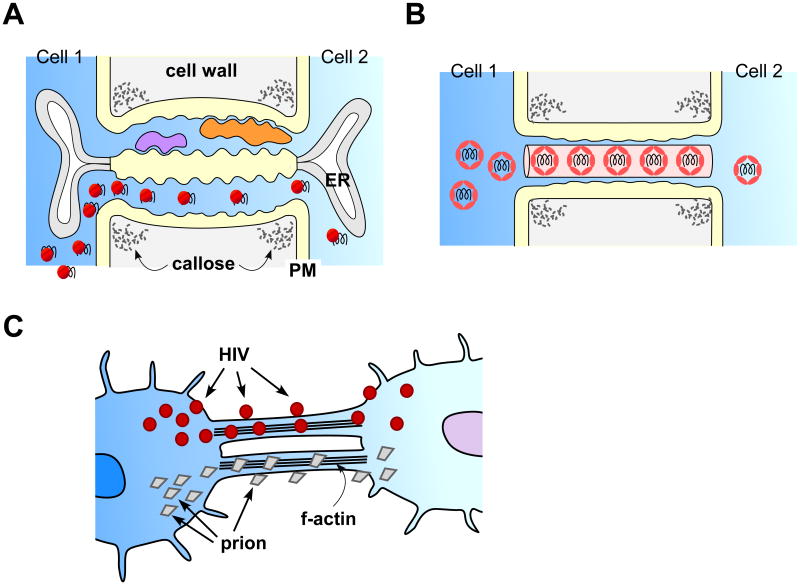Figure 2. Plasmodesmata and tunneling nanotubes are exploited by opportunistic microbial pathogens.
A & B. Plant viruses hijack plasmodesmata and spread infectious materials cell to cell. Some viruses encoding non-tubule forming movement proteins enhance plasmodesmal opening and pass through plasmodesmata as macromolecular complexes (A). Viruses encoding movement proteins that form tubules move cell to cell via modifying plasmodesmal structure (B). This process involves a replacement of the appressed ER with the tubules. In these diagrams, callose accumulated within the cell walls surrounding the neck regions of each plasmodesmal channel is illustrated as a structural constituent of plasmodesma.
C. HIV or prion proteins spread cell to cell via moving on the membrane surface or through tunneling nanotubes along the f-actin core complex.

